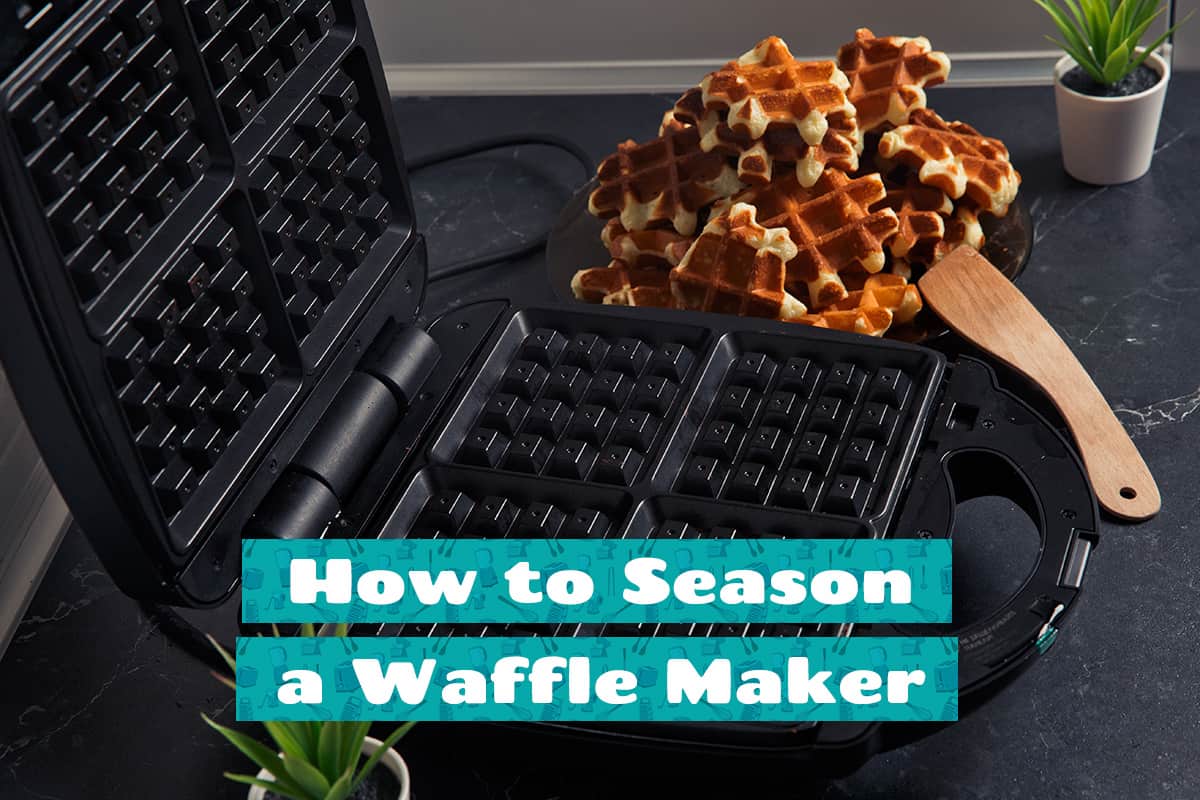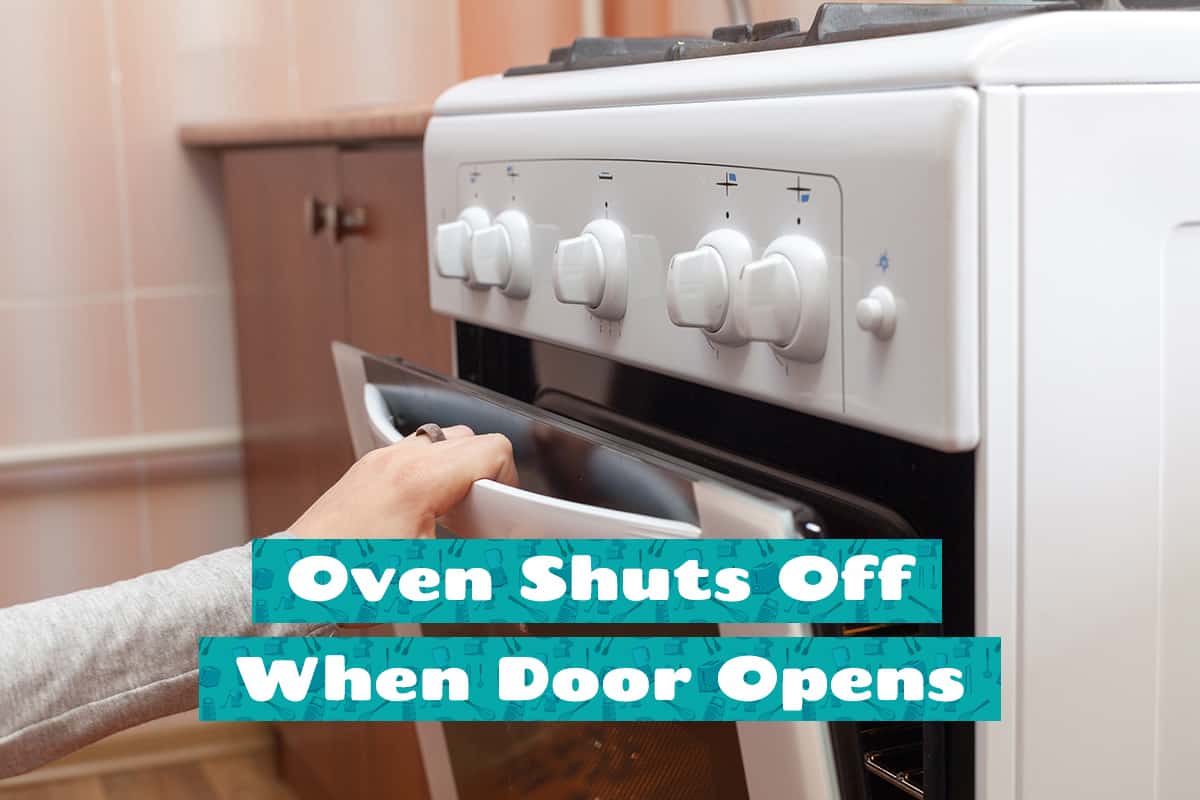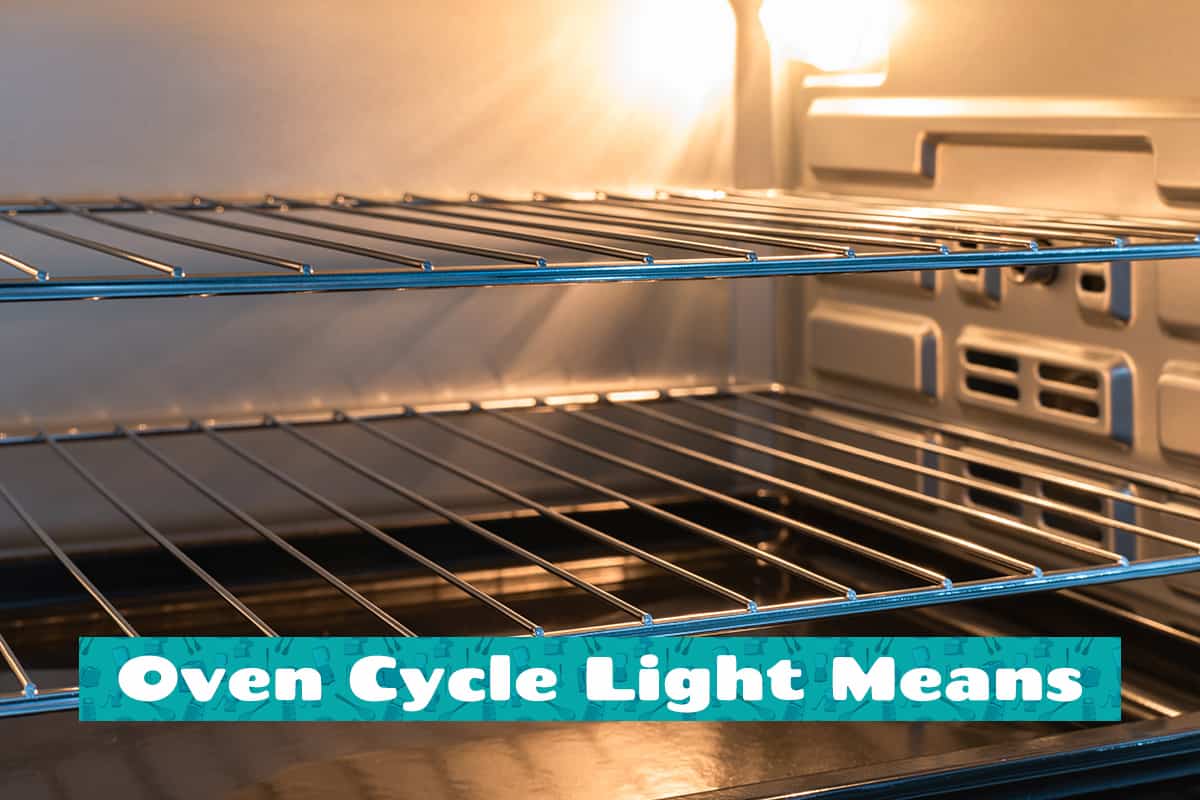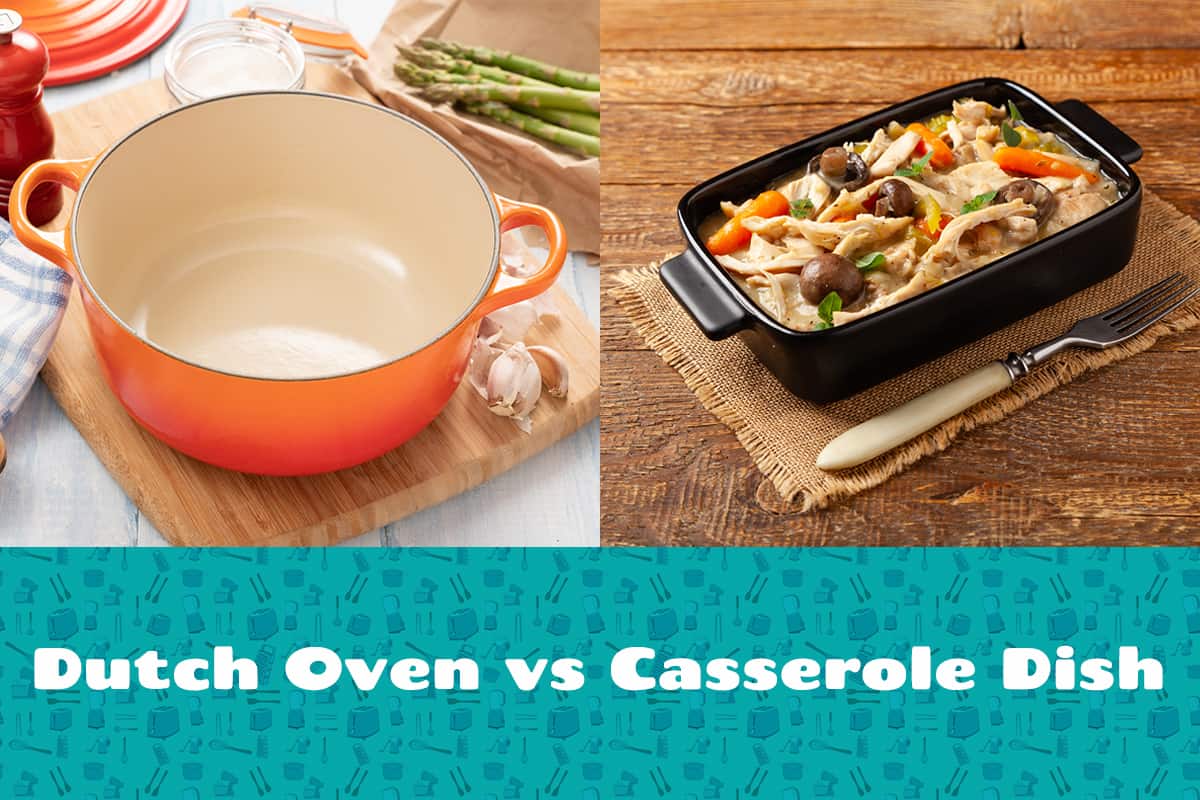Andi Nasruddin
Posts by Andi Nasruddin:
Everyone has fond memories of biting into a perfect waffle that’s crisp on the outside and soft inside. But to recreate that magic at home, your waffle maker needs a little TLC, known as ‘seasoning.’
The common pH of oven cleaners is typically alkaline, often around 11-13. An alkaline pH helps break down greasy stains more effectively.
The main culprits for this dilemma range from kinked water lines, worn-out filters, malfunctioning water valves, to sneaky air bubbles in the system. With a touch of maintenance or a pinch of DIY, you can restore the gush to your dispenser!
Your oven turns off when you open the door due to built-in safety features or malfunctioning components. Generally, it’s a design choice to prevent overheating or save energy. However, if it’s disrupting your cooking, it might need a check-up.
Diagnostic mode in a Whirlpool dishwasher helps identify operational issues. To enter this mode, you typically press a sequence of buttons on the control panel, such as pressing the Program button twice and the Start Button immediately after.
It usually takes 30 to 45 minutes for brownies to cool down to room temperature, around 70°F (21°C), when they’re good to eat or be stored. However, if you’re cutting into them, you’ll want to wait at least an hour to ensure they’ve set properly.
The oven cycle light indicates the oven’s heating status. When it’s on, the oven is actively heating. When it’s off, the desired temperature has been reached. Blinking can signify mid-cycle adjustments or potential issues.
Rice cookers primarily use temperature sensors. Once all the water is absorbed or evaporated, there’s a noticeable temperature increase. The cooker detects this change and switches off or to a ‘keep warm’ mode.
Dutch ovens are typically made of cast iron, retaining heat and making them ideal for long, slow cooking, like stews. Casserole dishes, usually ceramic or glass, are designed for dishes that need even heating, like baked pasta.
The holes in a spatula are primarily for draining excess liquid to keep your food crisp. They also help in maintaining even cooking by allowing heat to pass through. Meanwhile, some spatulas are solid, often for scraping or spreading.
For standard residential ovens, common breaker sizes are 30 to 50 amperes. Double ovens or commercial units might need up to 60 amperes. Gas ovens, primarily using gas for heating, typically have a smaller electrical requirement, often utilizing a 15 to 20-ampere breaker for their electrical controls.
To turn off the oven cooling fan, locate the fan settings on the control board and select the ‘off’ option. Check your oven manual as procedures might vary slightly between brands.











